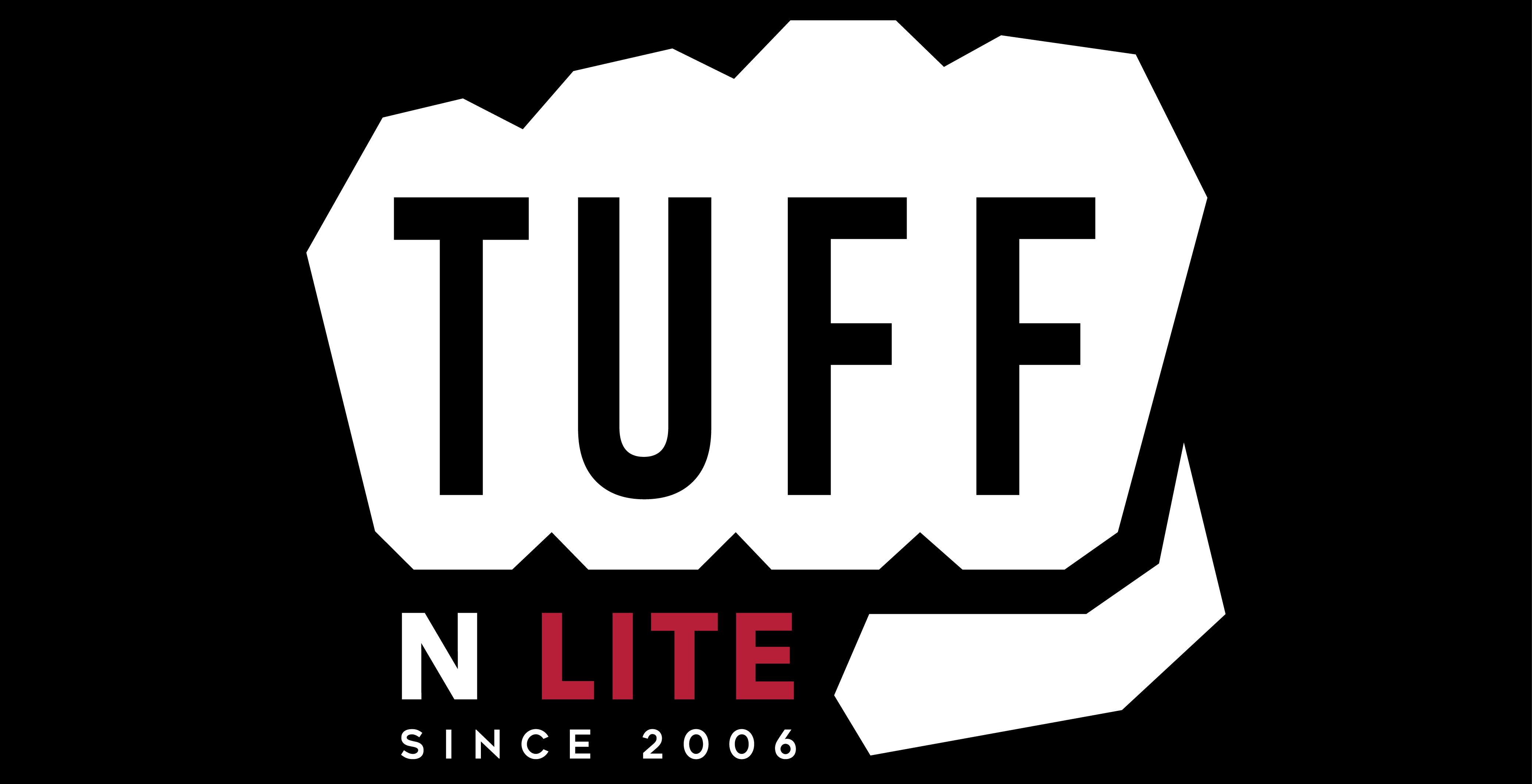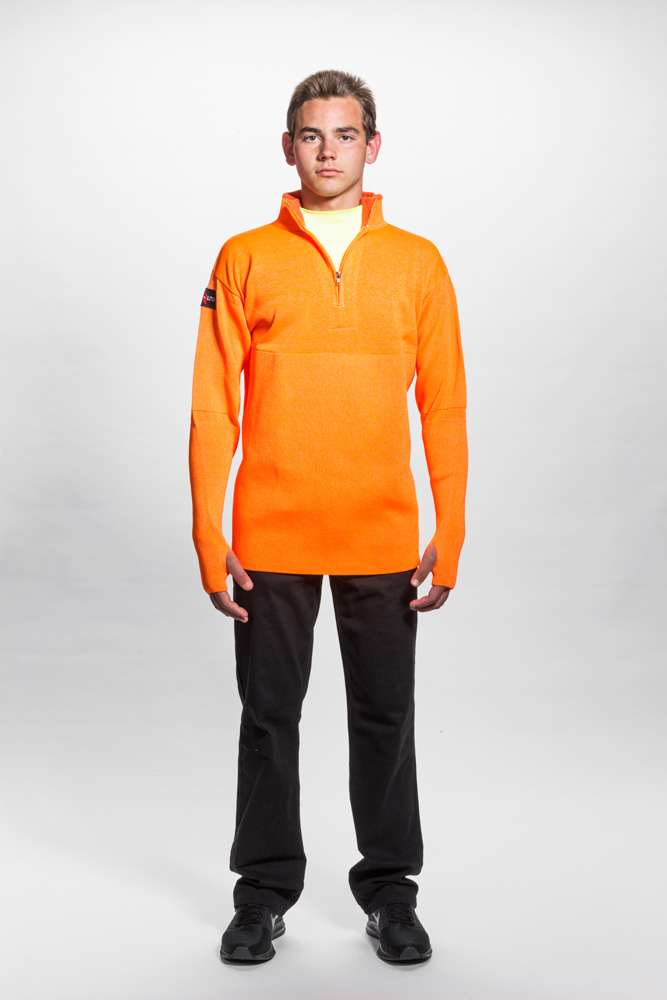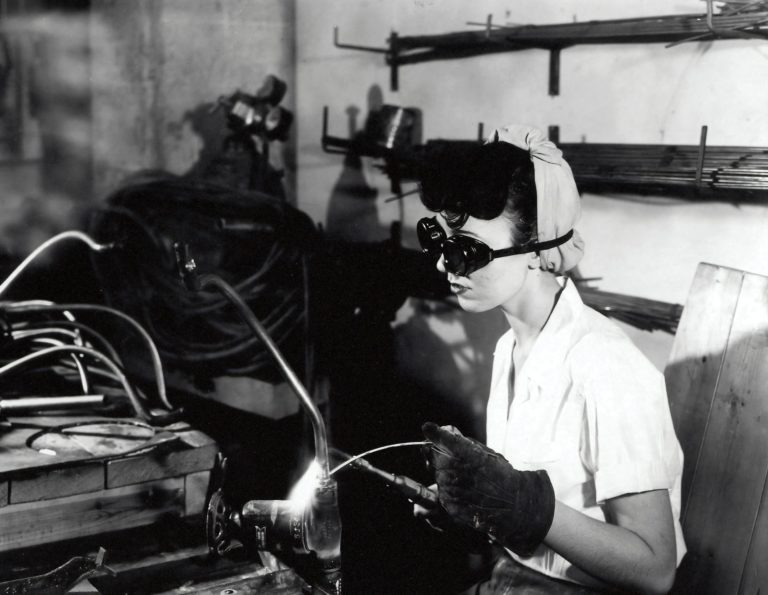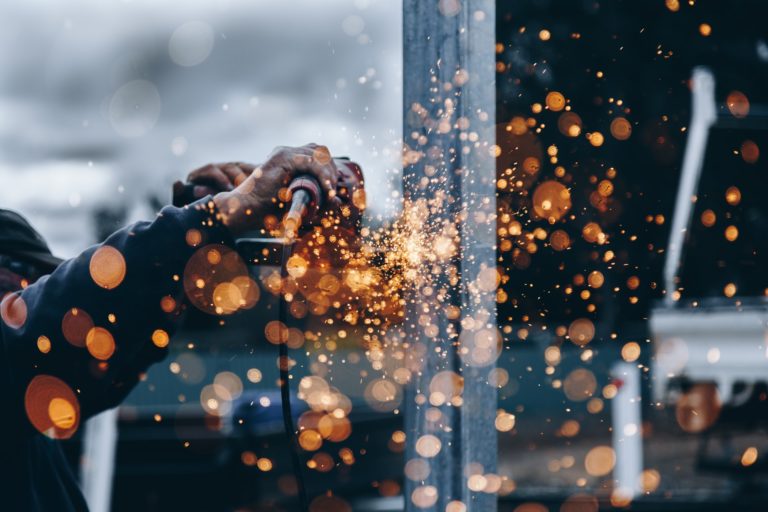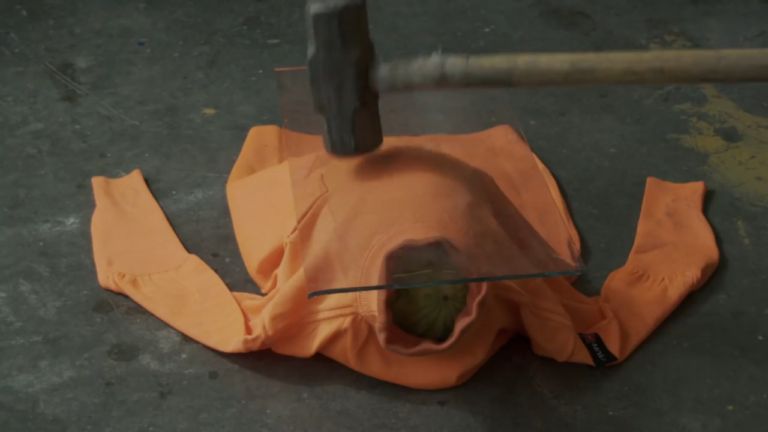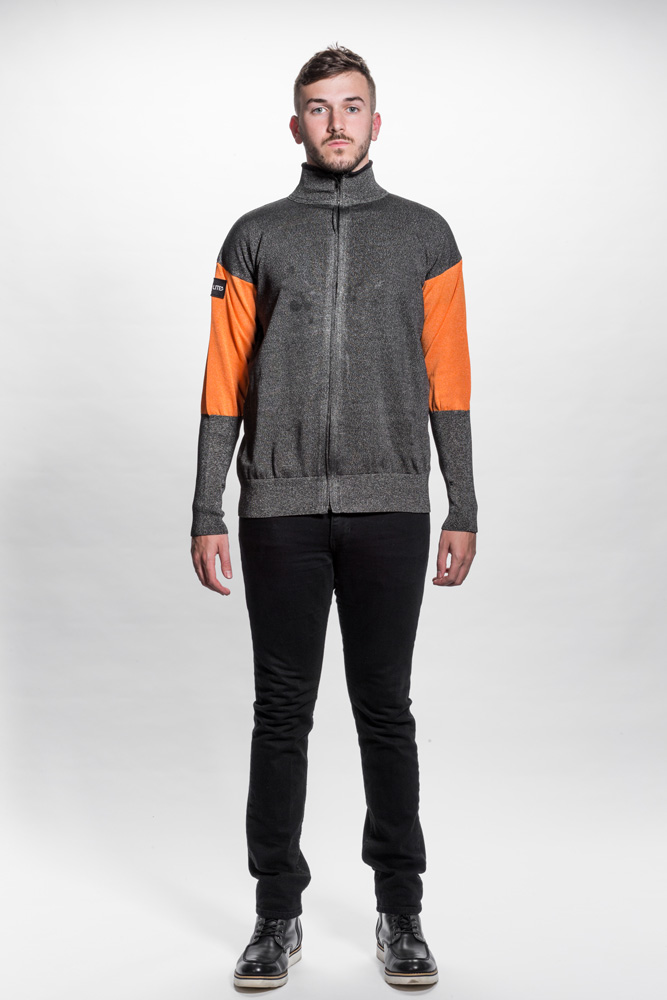Should I Choose a PPE Pullover or a Safety Jacket for My Work Environment?
Environmental health and safety (EH&S) managers have an important choice to make in their workplace: What type of personal protection equipment (PPE) should I supply my crew? This is a deceptively difficult question to ask, since EH&S managers have to decide the material, type of garment, and more while accounting for cost, environmental conditions, and their overall workforce. If you choose the wrong material or type of garment, you could actually increase your crew’s risk of injury. In other words, you have to choose what PPE will protect your employees best from harm or death.
If you’ve decided you want to purchase high-performance polyethylene composite yarn (HPPE) materials for your team but you don’t know whether a jacket or pullover is better, this article will walk you through the next step.
Company Culture
One of the first and most important considerations you’ll have to make when choosing between a jacket and pullover is your company’s culture of safety.
The Pullover
If you often find yourself having to correct your crew’s behavior or telling them “to zip back up” throughout the day, a pullover is likely better for your team. Even with a pullover, you might have to correct your team if they are continually pulling at the neck. Stretching out the neck will leave people exposed, which could have fatal results. However, correcting people from pulling at the collar of their pullover will be easier and less dangerous than having to correct someone with their entire thorax region exposed.
The Jacket
Jackets are a great option for workplaces with a strongly upheld culture of safety. Companies with good training and refresher courses, as well as a consistent crew, will usually have a stronger culture of safety compared to a company that frequently rotates through new employees. It’s worth noting that jackets require an extra panel in the manufacturing process, so they are more expensive than pullovers. The additional cost of a jacket might not be worth the expense at a company with frequent turnover, or a company without a strict safety policy in place. In other words, the extra expense is pointless when there is poor employee compliance.
Environmental Factors/Climate
If your company or manufacturing facility is located in the Southeast United States or other harsh climate regions, having a jacket could be the safer option.
Jacket vs. Pullover
Giving your employees jackets in hot, humid, or extremely arid climates will allow them to unzip or take off the jacket more easily during breaks and lunch than possible with a pullover. A pullover, on the other hand, gives employees less breathability and airflow, and is more difficult to put on and take off multiple times throughout the day.
PPE is required to keep you and your employees safe. Having a less breathable or accessible protective garment could make you and your crew more at risk of heat stress or heat stroke. You should also provide training on signs, have cooling stations, and promote electrolyte-filled drink breaks to keep your workers safe and give them the proper resources to acclimate to the heat and help prevent heat stress or heat stroke.
PPE Jackets Are Gaining Popularity
Jackets became significantly more popular in 2016 as a response to increased OSHA safety standards for workplace safety culture. For reference, when Tuff-N-Lite was founded in 2006, pullovers were purchased five times more often than jackets. This stayed relatively constant for several years; however, as OSHA requirements grew more stringent, workplace safety culture quickly followed to avoid the expensive and time-consuming costs of violating these regulations. Today, Tuff-N-Lite sells more jackets than pullovers.
There was not only a move toward a more vigilant safety culture in the workplace, but a move toward safety education. Some colleges and universities now offer specialized degrees in workplace safety for those hoping to become EH&S managers, OSHA safety inspectors, and policy influencers.
New Jacket Options
Another factor that has made jackets more popular over time is the ¾ zip design. The ¾ zip jacket offers hybrid functionality, so the jacket can be lighter and cooler but also provide more consistent safety areas for the worker’s torso. Underneath the zipper section of the jacket, neck-zone safety (a gusset) is provided.
This added feature gives extra protection to a high-priority area when the zipper is fully engaged and prevents serious damage even if a worker forgets to zip up after a break. Neck-zone safety gives EH&S managers and workers a bit of wiggle room for remembering to zip up the jacket without compromising safety or violating OSHA regulations.
Managers and Transporters
Jackets are also more popular for floor and EH&S managers since they often split their time between the floor and the office. This allows them to enter the floor fully protected and easily take off their PPE when they are back in their office and away from risks.
Transporters of heavy glass or other cutting materials often prefer jackets as well. These workers spend a lot of their day moving between different job sites and factories, so a jacket gives them the flexibility to drive without the added heat and weight of their PPE.
Final Thoughts
PPE is important, no matter the material or form. However, choosing the correct PPE for your crew and company is a vital step in improving and maintaining your culture of safety. To compare jackets and pullovers further, visit Tuff-N-Lite’s website for more product-specific information.
